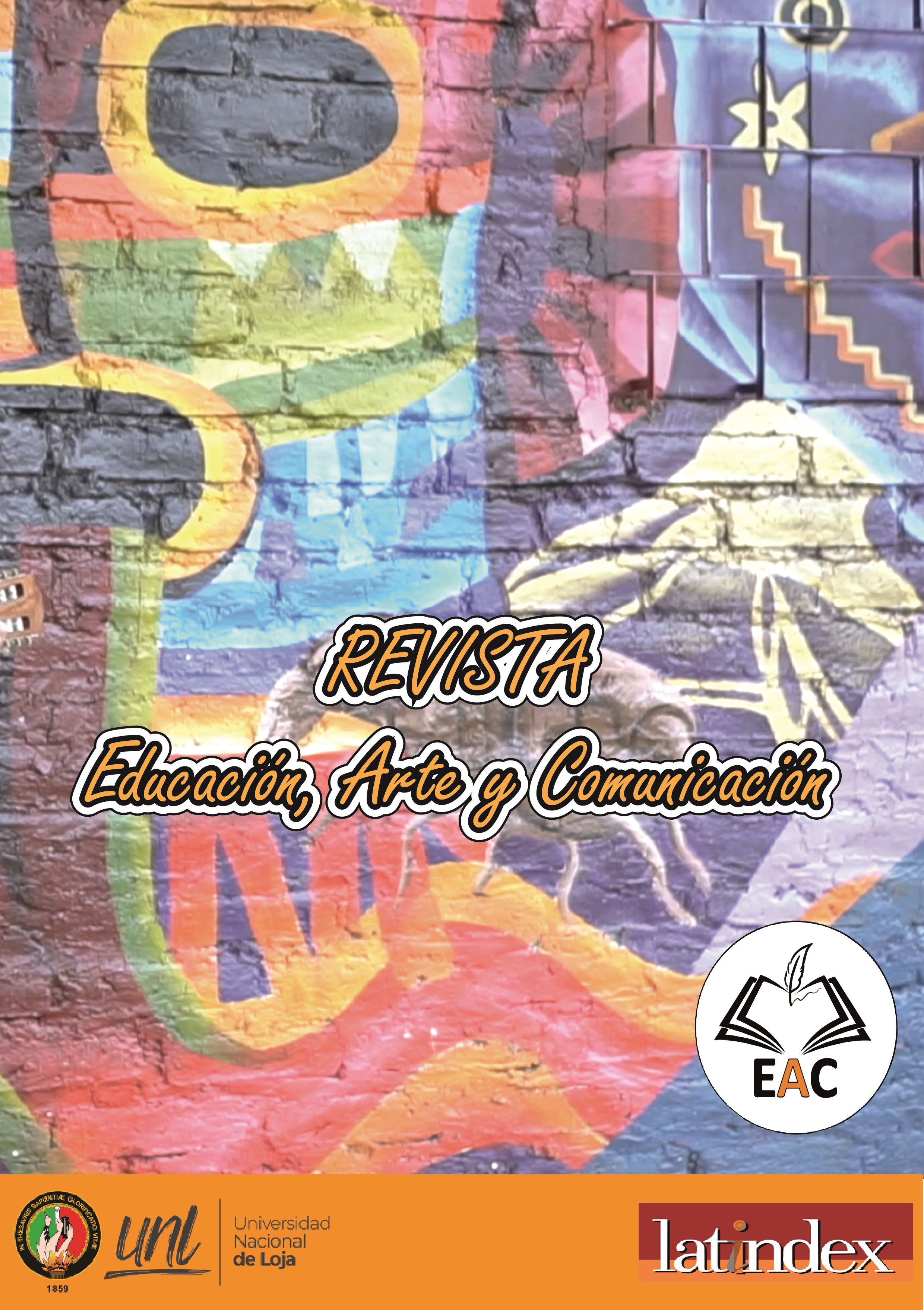The art of speaking according to "Carreño's Manual (1853)
Keywords:
Carreño Manual, conversation, visits, narratives, presentations.Abstract
"Don't do it, because Carreño's Manual reproaches it"; "Behave yourself, do as Carreño's Manual says". Many Latin American children and young people received slogans similar to these during the second half of the 19th century and a good part of the 20th century. For these reasons, surely our more adult readers know the origin of these phrases, but the younger ones may not. Who is Carreño? What is his Manual? What does he say? And why does he say what he says? The new American nations, on their way to consolidation and identity, turned to various means to educate their citizens. The Manual of Civility and Good Manners, written by the educator and musician Manuel Antonio Carreño, born in Caracas in 1812, was a good option. The publication was born and was published in installments in 1853. As the weeks went by, it became so popular that the following year it was published in its entirety in New York. In the following years, it was republished several times in different Latin American countries. The Manual... consists of two parts: Moral Duties of Man and Civility. Three chapters on duties constitute the first part. The second part begins with the conceptualization of civility and continues, through the articles contained in the chapters, providing guidance on how to behave inside and outside the home. For this issue, the chapters have been selected to deal with face-to-face communication and presentations, including epistolary communication.References
Malaver, Irania. (2005). Estudio sociopragmático del manual de urbanidad y buenas maneras de Manuel Antonio Carreño. Boletín de Lingüística, 17(24), 18-24. http://ve.scielo.org/scielo.php?script=sci_arttext&pid=S0798-97092005000200003&lng=es&tlng=es
Soaje de Elías, R. (2015). De Marco Tulio Cicerón a Manuel Antonio Carreño: un estudio sobre los ideales de vida de las élites en tres momentos de la Historia. Atenea, 511(I), 189-205. https://www.scielo.cl/pdf/atenea/n511/art_10.pdf
Yáñez, Carlos. (2010). Discurso y representaciones sociales de las identidades culturales en el Manual de Urbanidad de Carreño. Ediciones Universidad Nacional de Colombia.
Downloads
Published
How to Cite
Issue
Section
License
EAC declara una política de autoarchivo que les permite a los autores colaboradores publicar y difundir sus artículos en otros medios electrónicos (webs personales, repositorios institucionales, blogs, etc.) bajo los requisitos de la licencia CC BY-NC-SA 4.0 Como condición exige que suministren la información bibliográfica pertinente que acredite su primera publicación, lo que se autoriza solo después de que la EAC haya publicado la investigación.
El autor conserva los derechos de su obra publicada. La revista EAC le solicita únicamente que se le cite como fuente original (revista, editorial, DOI y URL de la obra), que no use la obra con fines comerciales u onerosos, pero sí que se mencione explícitamente la existencia y especificaciones de licencia antes mencionada.
EAC no cobra honorarios por procesamiento ni publicación de artículos. Todas nuestras gestiones son totalmente gratuitas.







